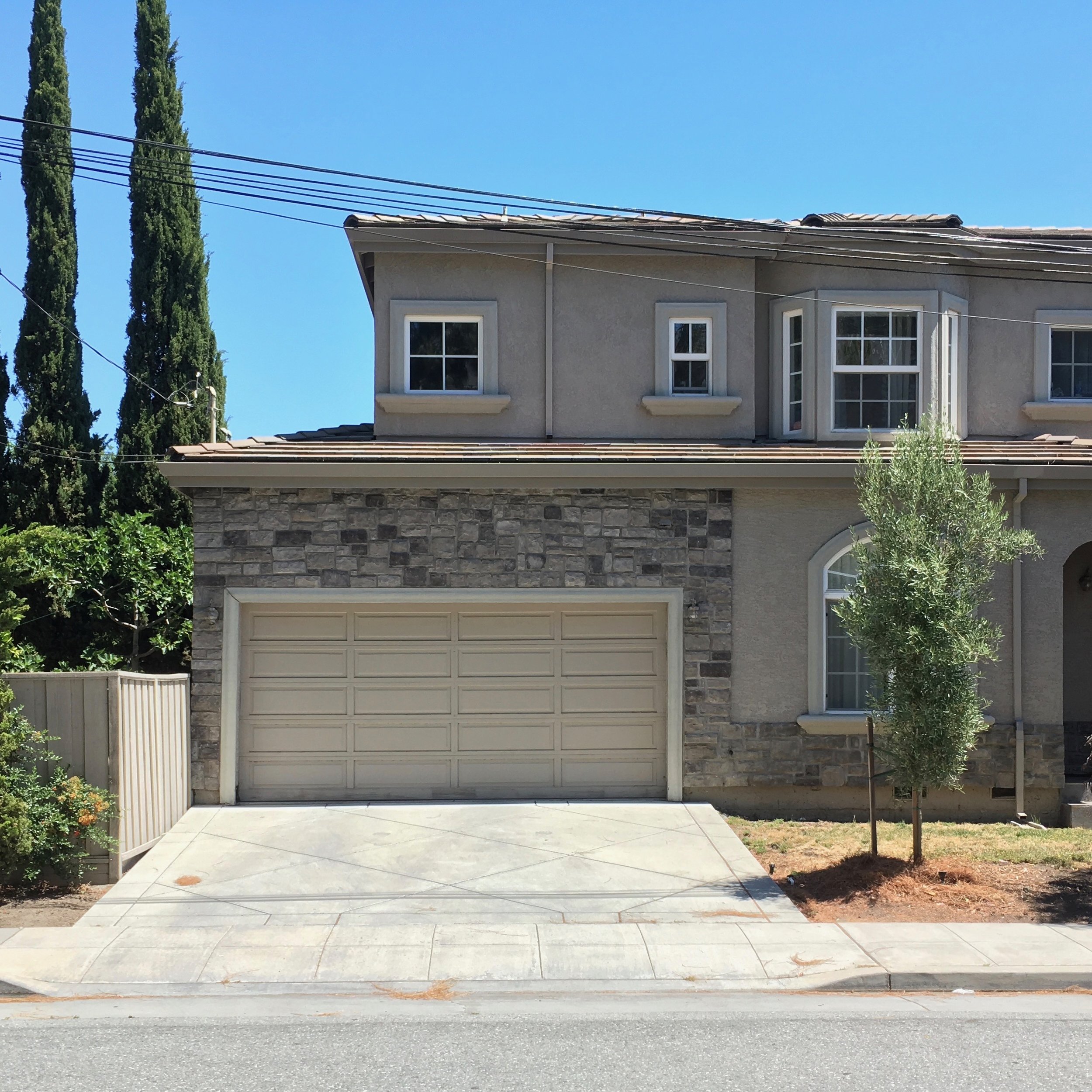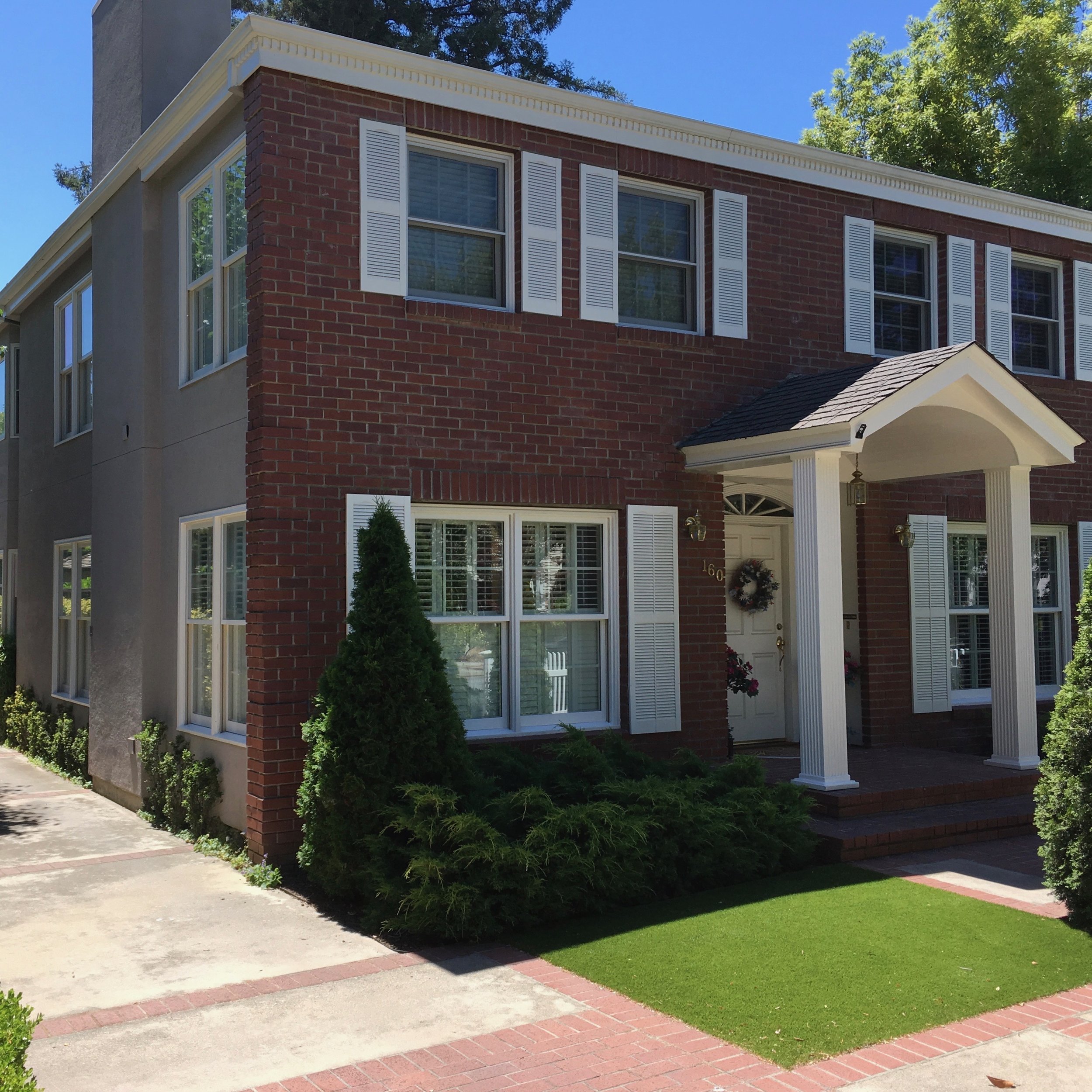A recent trip through Italy made me consider why European houses can be so much more charming than US houses, and how easily we could replicate some of that feeling here.
Part of the attraction can certainly be explained by the excitement of exploration, selection bias (buildings that last tend to be appreciated, and tourists focus on the best of the appreciated buildings), and the shape of cities themselves (organic growth vs 20th century central planning for automobiles), but I believe that the buildings themselves have significant differences.
Great European buildings have a glorious texture. They're made of materials that wear in rather than out, so they look better over time, even when that time is measured in centuries. We've all heard the term patina, but what does it really mean here? I think there are a couple of key elements to graceful architectural aging.
Beautiful oxidation
Sun, rain, mildew, ice, sand, and above all oxygen attack every structure. Graceful materials have either reached a fairly stable energetic state, like limestone, or the process of reaching that state is slow (e.g. due to protective passivation) and produces byproducts in pleasing natural hues, like bronze and zinc.
Paris is famous for its zinc roofs, which weather into a gorgeous patina and can last for centuries. Photo by VB Fetter, Unsplash.
If the structure includes thin surface layers, it's critical that the material underneath also ages gracefully, or a few decades will reveal that the building's core is unsound when the outer layer is inevitably compromised.
Everything here starts oxidized or looks great even while crumbling to pieces (yes, those bricks could be repointed).
Compressive loading
Beams are necessary for most structures, but economical wooden beams seem to sag within a few decades, and drooping horizontal lines stand out like a sore thumb.
One of Salvador Dali's lesser known works, "The persistence of RM-30 zoning."
Many classical buildings use arches simply because the arch was the only way to build cost-effectively at a large scale, but a great side effect is longevity. Within a single building, compare these openings: the arch isn't noticeably sagging.
Complex texture
I think that it can sometimes be a mistake to create "texture deserts" at various architectural scales. In other words, a building may have features at the 1 meter scale and at the 0.001 meter scale, but very little in between. Well, as the ground shifts and the building ages, nature has a habit of adding texture at every scale. If the added texture sticks out as the sole signal on that textural wavelength, we see it as a glaring flaw. But if it blends into a broad spectrum of textures, we see beauty.
For example, compare stonework with large, smooth concrete faces. Both will crack over time, but only one will look good afterwards.
Honesty of form
This is the most important thing to me. Through artifice, we can fake just about any material or form, but it's a mistake to think that this artifice will stand the test of time. There's a sort of uncanny valley between the thing itself and something else paying homage to the original. For example, the Corinthian column pays homage to the acanthus leaf, but nobody is confused that the column is pretending to be a plant. Great.
Source: JD Mason, Unsplash
Source: Acanthus article, Wikipedia
What is not so great is a design that pays homage to a predecessor by slavishly imitating its nonessential parts. Examples are limitless, but here's are a few I saw today.
Stone facade and stucco over plywood? Who, me? Never. This is a proper stone house. You can see that those two stone pillars are holding up half of the house (we ran the numbers and were able to make one a little thinner), and the mortar is so strong that we didn't even need to build an arch of voussoirs above the garage door. Progress!
Colonial brick house. Lots of curb appeal. So long as you don't walk more than 10 feet down said curb. Good luck using those storm shutters! This house is as precisely artificial as the grass out front.
ApplicAtion
This is all a nice theory until somebody has to write a check to build a building; when that occurs, economics tends to stifle everyone's architectural preferences. But I wonder: are there cost-effective ways to achieve the goals above when building a house today? Perhaps a combination of new construction techniques like 3D printing and traditional materials will get us closer. I am toying with the idea of 3D printing a masonry house some time in the next decade. Are building codes close enough to make this feasible? I don't yet know. Stay tuned. I'll end with a shot of a house I found today that was genuinely charming.








